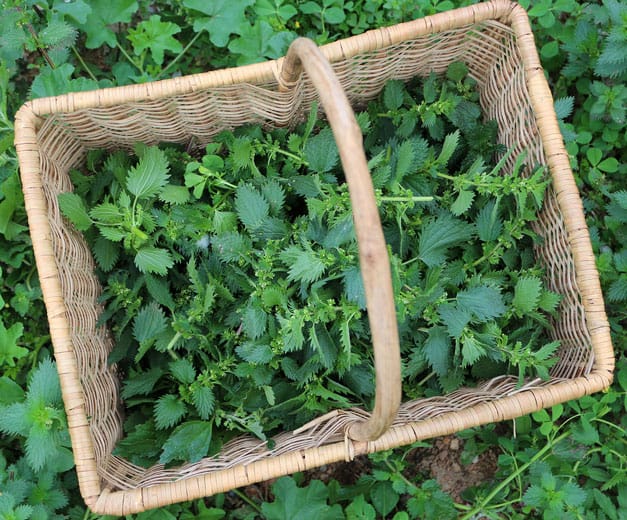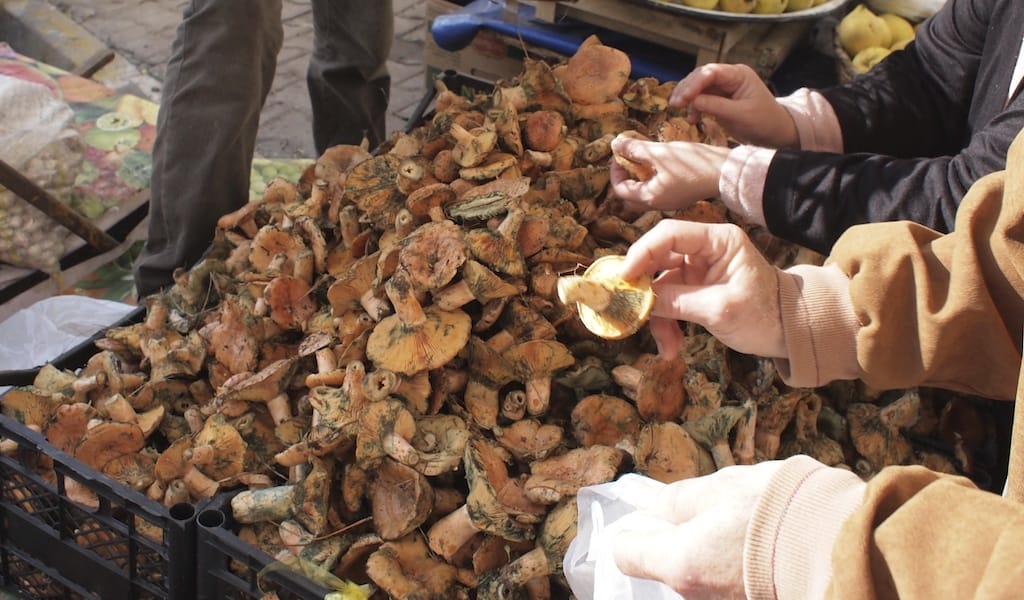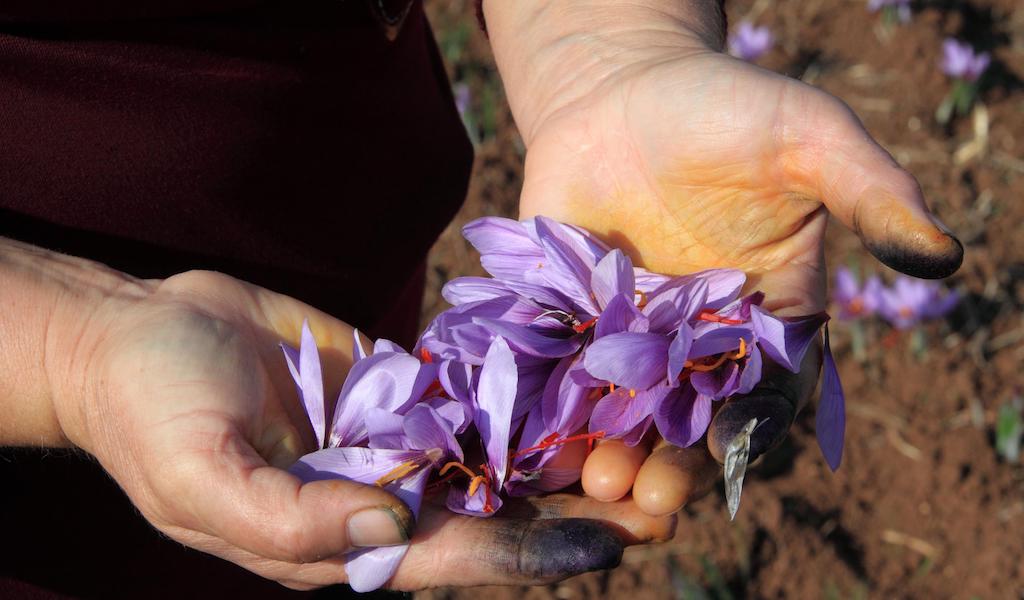Winter in Cape Town is a wildly gentle season. Freezes are rare in the peninsula city. Instead, the coolest months of the year are defined by rain – sheets of it.
Fields and forests and mountainsides turn deep green after the dry summer. Streams rush with tea-colored mountain water, pools form on the flats where arum lilies bloom in profusion, and by late winter, spring flowers are opening in the days of sunny blue sky between rain squalls.
This is the best time to find edible spring plants in wild places.
A walk on a wooded trail or in a grassy field delivers a basketful of ingredients for dinner. White flowers like bluebells grow thickly under bare trees. They are Allium triquetrum, native to southern Europe and the Mediterranean, and invasive in the Western Cape province. They are members of the onion family – picking a stalk will release a strong smell of garlic. Like all onions, they are edible, but in South Africa they have not yet found their way to farmers markets. The English call them three-cornered leeks; their stems are triangular and tender enough to cook as a vegetable. Puréed with grapeseed oil and strained, the leaves make a vivid and strong condiment to drizzle over a mild cauliflower soup or soft-cooked eggs. The long white bulbs resemble spring onions (scallions) and are mild after cooking, melting into slow stews or soups. The flowers are delicious sprinkled into salads.
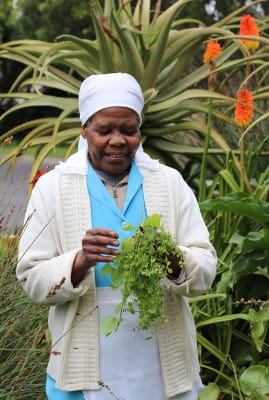 Sow thistles are prolific. Sonchus oleraceus is an internationally familiar weed or vegetable, depending on your sense of optimism. The bitterness of mature plants is still a few weeks away, and the soft young leaves wilt in olive oil to become a topping for bruschetta or filling for phyllo pies. If you find enough (they lose volume when cooked the way spinach does), they can be heaped with suuring (Oxalis pes-caprae) under a leg of lamb and allowed to melt slowly beneath the meat, whose juices mingle with the leaves to make an unforgettably rich mouthful.
Sow thistles are prolific. Sonchus oleraceus is an internationally familiar weed or vegetable, depending on your sense of optimism. The bitterness of mature plants is still a few weeks away, and the soft young leaves wilt in olive oil to become a topping for bruschetta or filling for phyllo pies. If you find enough (they lose volume when cooked the way spinach does), they can be heaped with suuring (Oxalis pes-caprae) under a leg of lamb and allowed to melt slowly beneath the meat, whose juices mingle with the leaves to make an unforgettably rich mouthful.
European chickweed (Stellaria media) is another ruderal plant that grows in profusion. Tipsy Titoti, who first taught us about the edible green weeds collectively known as morogo, likes chickweed best when it has steamed in a pot of vegetables and lamb, adding the delicate greens a few minutes before eating.
But Ms. Titoti’s favorite green weed is nettle (Urtica dioica). A drive out to Koringberg, a miniscule town in the Swartland, yields a basketful of the stinging vegetable. Johan van Zyl and Peter van Noord’s young olive orchard behind their home bristles with them and they allow a guest to gather as many as she can. Back at home, a quick dip in boiling water disarms the stings, and dishes begin to appear: a bright green soup, morogo – mielie-miel (maize flour) mixed with cooked wild greens – and a crisp-crust tart, garnished with three-cornered leek flowers.
Then there are the indigenous South African vegetables: Suuring (“souring”) is native to the Western Cape. Its drifts of yellow flowers are the color of a Cape spring. The plants’ long stems are acid and crisp, but disintegrate when exposed to moist heat. Adding a heaped spoonful to bredies and soups brightens the flavor and balances the fat.
Veldkool (“field cabbage”) has a brief season that is highly anticipated by foragers from Cape Town to Namaqualand. When the plants begin to bud, collectors pounce. The edible young flower buds of Trachyandra falcata resemble asparagus rather than their brassica namesake. We ate them one night near Nieuwoudtville, flavored with farm butter and the smoke of a nearby braai fire. Another day, on the farm Brandkop, we braised them with the farm’s own lamb shoulder chops, bitter buchu (Diosma hirsuta) and apricots preserved in witblits. Down the coast at Paternoster they appear on the refined menu of Oep Ve Koep, Kobus van der Merwe’s renowned Strandveld-inspired restaurant, where every dish is the story of a landscape.
 If you are lucky, you will meet someone – like Loubie Rusch, who gives wild-food classes in Cape Town – who knows of a pool where you can go wading to collect waterblommetjies (“water flowers,” Aponogeton distachyos). The plant’s fragrant white blooms and fleshy seed capsules that fatten as the flowers fade are a sought-after seasonal treat, sometimes appearing in supermarkets, or collected by foraging hawkers and sold at the roadside or door-to-door in country towns. Raw or pickled, the flowers and capsules are lemony and crunchy – cooked, they become moist, with the texture of long-braised artichoke hearts. Stewed with a few stalks of suuring, they make a vegetable bredie whose ingredients combine to define the flavor of the Cape.
If you are lucky, you will meet someone – like Loubie Rusch, who gives wild-food classes in Cape Town – who knows of a pool where you can go wading to collect waterblommetjies (“water flowers,” Aponogeton distachyos). The plant’s fragrant white blooms and fleshy seed capsules that fatten as the flowers fade are a sought-after seasonal treat, sometimes appearing in supermarkets, or collected by foraging hawkers and sold at the roadside or door-to-door in country towns. Raw or pickled, the flowers and capsules are lemony and crunchy – cooked, they become moist, with the texture of long-braised artichoke hearts. Stewed with a few stalks of suuring, they make a vegetable bredie whose ingredients combine to define the flavor of the Cape.
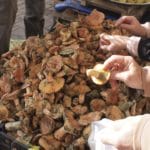 November 3, 2021 Hail Caesar’s
November 3, 2021 Hail Caesar’s
Editor's note: We're celebrating Mushroom Week at Culinary Backstreets, and today's […] Posted in Istanbul April 1, 2024 Pastiera
April 1, 2024 Pastiera
Like the Proustian madeleine, sweets can stir up all kinds of feelings in the minds of […] Posted in Naples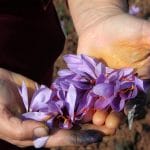 October 6, 2023 Harvest Week
October 6, 2023 Harvest Week
Let us begin with a little Greek mythology. Hermes – son of Zeus, god of thieves and […] Posted in Athens
Marie ViljoenMarie Viljoen







































